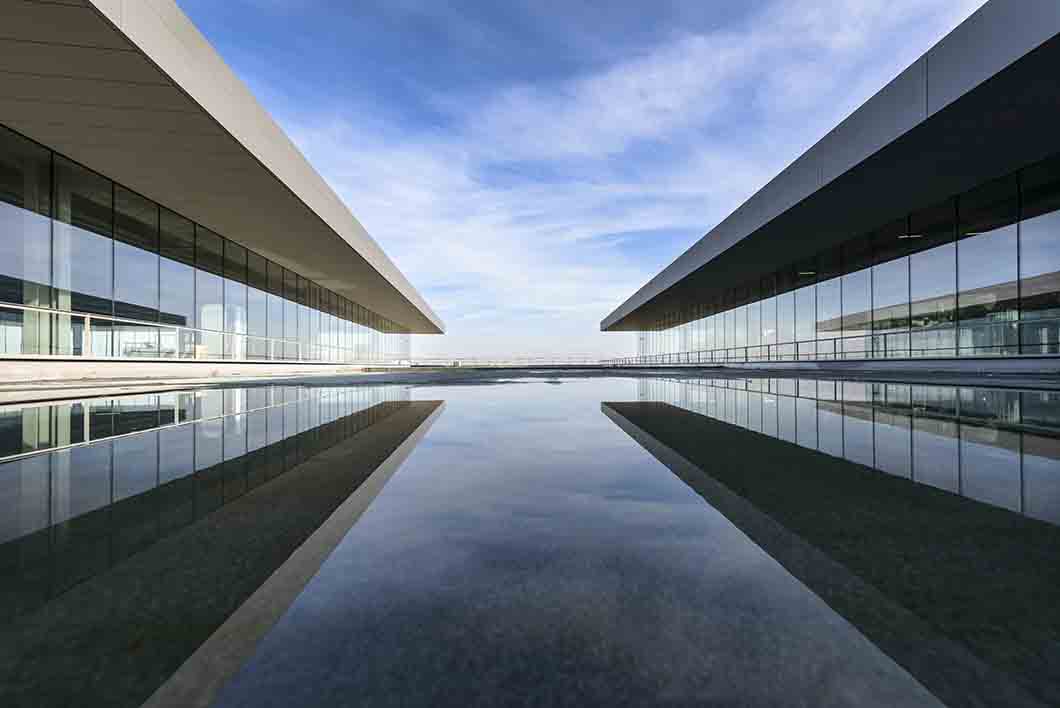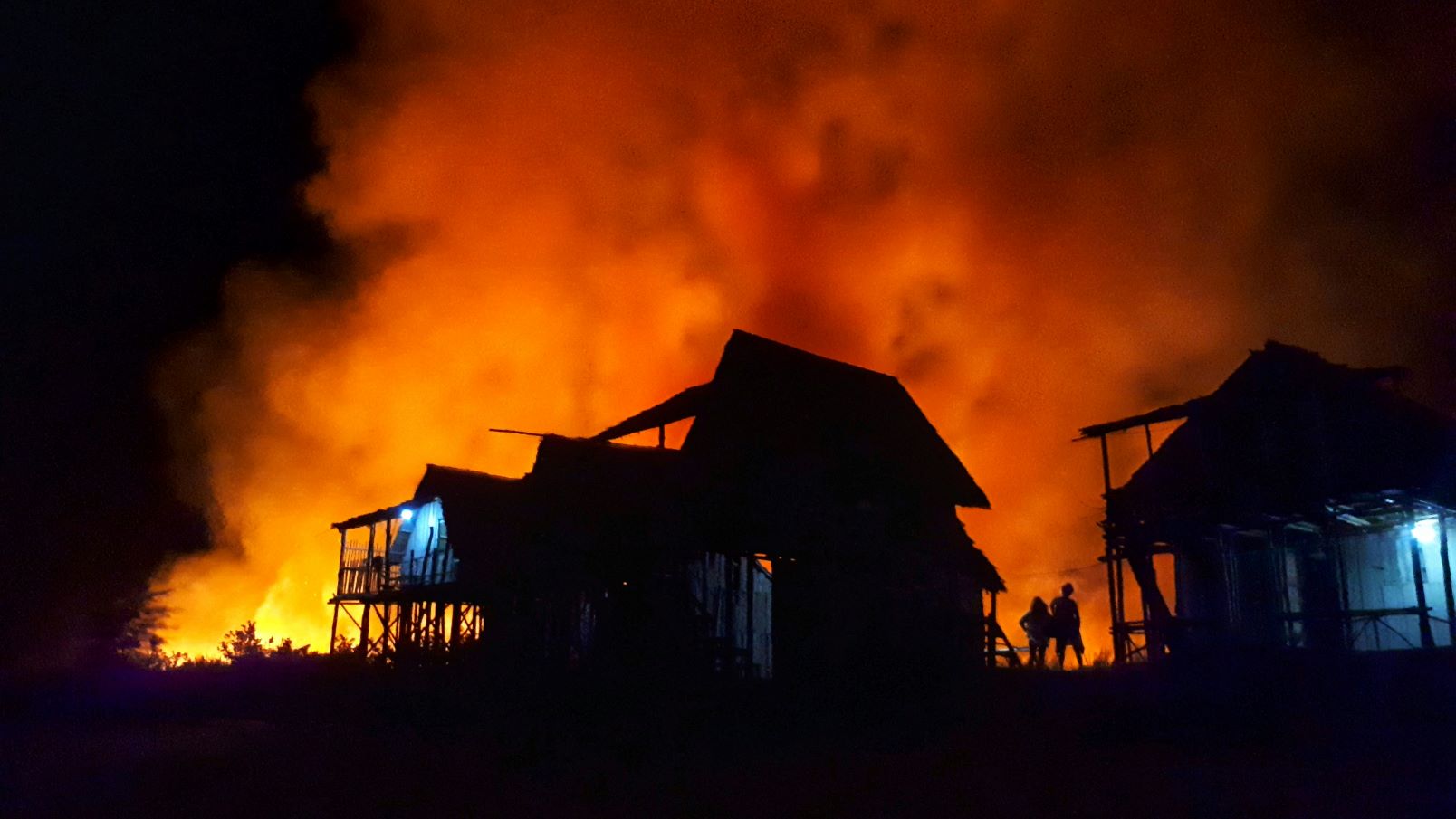

What can cities and towns do to lower extreme temperatures?


A summer of record-setting heat has reinforced the urgent need to protect ourselves from extreme heatwaves by halting the greenhouse gas emissions that are warming the Earth.
But ramping down climate pollution can only stop future heatwaves from getting even worse. In the meantime, many towns and cities are wondering how to make themselves cooler and more livable through the extreme temperatures that have already arrived.
One simple approach that makes a major difference for cities and towns is the creation and maintenance of green spaces, says Randolph Kirchain, principal research scientist at the MIT Materials Research Laboratory.
Plants do more than make a place feel more pleasant. Trees provide the cooling relief of shade, and all kinds of plants can lower the temperature of the air around them through the process of “evaporative cooling.”
This process takes advantage of the fact that water absorbs heat when it evaporates into water vapor. (It’s the reason that our own evaporating sweat keeps us cool on hot days.) The evaporation of water from plants, or from water features like urban ponds, keeps the whole area around them more comfortable.
Hessam AzariJafari, an MIT research scientist affiliated with the Concrete Sustainability Hub, says the use of smarter building materials is another way to cool a city. An average city’s land surface is about 40% pavement and sidewalks, AzariJafari says.
These dark-colored surfaces absorb sunlight, heating up the surrounding area. But using lighter-colored materials would reflect more light away. Concrete, for example, is generally more reflective than other artificial surfaces.
It requires aggregates—small rocks or other granular materials that help to give it strength—and using brighter stones or slag, a light-colored byproduct of steel production, can create even more reflective concrete.
That’s not to say cities should tear up old sidewalks to replace them with lighter alternatives. Production of construction materials creates lots of climate pollution, so all this construction would cause more harm than good.
“The only necessary intervention is that we should include those reflective materials when we are making new roadways, or when we are doing repairs on those asphalt and pavement segments,” AzariJafari says.
It’s also possible to paint or cover asphalt with coatings to reduce its heat-absorbing effect. Heat-battered cities including Los Angeles and Phoenix are already experimenting with such projects to make sure treated roads have enough friction for car tires to steer and stop, and to find out how durable the coatings will be when beaten up by heavy traffic. (Kirchain says they are expected to last two to five years.)
Other city surfaces can do even more to keep off the heat. A road can’t be made too bright, because a white road would be a glare nightmare for drivers. But a rooftop can be painted bright white, which would reflect nearly all sunlight hitting it.
It’s easy to feel like we’re stuck with the infrastructure we have, Kirchain says—that cities can’t do much to address climate change because they can’t rebuild themselves from scratch. Yet urban areas are constantly renewing themselves by maintaining and rebuilding their infrastructure. This creates the opportunity to put cooling solutions in place little by little.
“[With] the billions that we spend to maintain our urban surfaces,” he says, “we need to make sure we’re adding in climate considerations into those decisions and be open to new approaches.”
______________________________________
This article is republished from Ask MIT Climate and is reproduced here under a Creative Commons license. Read the original article “What can cities and towns do to lower extreme temperatures“
Recent Posts
Mobilizing Resilient Design and Construction
Implementing a multifaceted strategy can motivate state and local governments to prioritize resilient design and…
Insurance Pricing: Navigating a New Era of Risk
The growing frequency and severity of climate-related disasters present a significant challenge for the insurance…
Designing for Resilience … It’s A Must
We see far too often structures built to current code that lack planning and design…
What are the Real Benefits of Designing for Resilience
While designing for resilience requires initial investments, the long-term payoffs often far outweigh these costs.…
Reducing Disaster Risks and Protecting Insurability in the Pacific Northwest
Proactive measures to enhance resilience and preparedness are critical to mitigating insurability risks. This will…
How to Achieve More Resilient Building Codes
More comprehensive disaster prevention perspectives are needed to enable communities better to withstand the increased…


